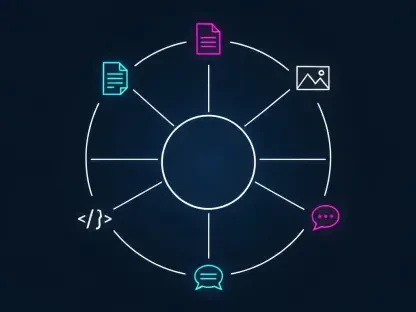In a digital era where accessibility and inclusivity are paramount, web accessibility has ascended to a pivotal position in business strategies. With evolving standards and mounting legal imperatives, businesses are increasingly incorporating AI tools to enhance website accessibility. This guide explores how free AI tools can significantly uplift accessibility efforts, ensuring websites cater to diverse user needs.
Understanding the Importance of Web Accessibility
Web accessibility revolves around creating digital environments where everyone, including individuals with disabilities, can engage seamlessly. As companies recognize the need for inclusive digital experiences, improving web accessibility becomes essential. This not only aligns with ethical practices but also positions businesses favorably against legal scrutiny. The guide delves into how AI tools address key areas of web accessibility, fostering environments that accommodate varied user capabilities.
Benefits of Incorporating AI in Website Accessibility
AI’s integration into web accessibility efforts has revolutionized how businesses approach inclusivity. By automating testing and evaluations, AI enhances user experiences by ensuring smoother navigation and interaction. The benefits extend beyond mere compliance, expanding audience reach and enhancing reputation. With AI tools, businesses can maintain legal standards while broadening their customer base, nurturing an inclusive digital world.
Actionable Steps to Improve Accessibility with AI Tools
Leveraging Axe DevTools for Quick Evaluations
Axe DevTools stands as an essential asset for efficient web accessibility testing, integrating seamlessly into Chrome’s DevTools for rapid scans detecting multiple accessibility violations. Installing Axe DevTools involves adding a Chrome extension, allowing developers to swiftly identify and resolve accessibility challenges within their sites. This facilitates maintaining compliance and enhancing user experiences efficiently.
Case Study: Successful Implementation of Axe DevTools
A tech company successfully utilized Axe DevTools to address numerous accessibility concerns rapidly. By integrating Axe, the organization ensured compliance and improved its digital accessibility swiftly, leading to enhanced user satisfaction and broader audience engagement.
Structuring Content with HeadingsMap for Better Navigation
Clear heading structures are crucial for accessibility, aiding screen readers in offering users seamless navigation experiences. HeadingsMap provides a valuable solution by instantly exposing any structural inconsistencies, enabling companies to adjust and enhance navigation flows, thus improving usability and SEO performance on their platforms.
Example: Enhancing Accessibility through HeadingsMap
An educational institution implemented HeadingsMap to revamp its website’s structure, leading to improved navigation and user experiences. The visible improvement in SEO rankings highlighted how accessible design resonates beyond compliance, fostering usability and organic reach.
Ensuring Keyboard Accessibility with Taba11y
Keyboard accessibility is foundational to inclusive web design; Taba11y simplifies testing this crucial aspect. By mapping tab orders and pinpointing navigational challenges, Taba11y aids developers in guaranteeing that users relying solely on keyboard navigation have equitable access to web content. Implementing Taba11y involves integrating its seamless interface, enhancing accessibility results through detailed audits.
Success Story: Boosting User Accessibility with Taba11y
An e-commerce platform leveraged Taba11y to refine focus management and keyboard navigation, remarkably boosting user engagement. This move not only addressed accessibility shortcomings but also enriched user interaction, showcasing the profound impact of streamlined accessibility auditing.
Final Thoughts and Recommendations
Adopting AI tools in web accessibility endeavors has yielded substantial enhancements in compliance, user experience, and audience reach. Businesses pondering adopting these technologies should contemplate a phased implementation, starting with free AI tools to identify and rectify accessibility issues. Embracing these tools facilitates staying abreast of evolving digital standards, paving pathways for even more inclusive web environments. Businesses that embraced such AI solutions reaped benefits that transcended mere compliance, establishing welcoming digital spaces for all users.









